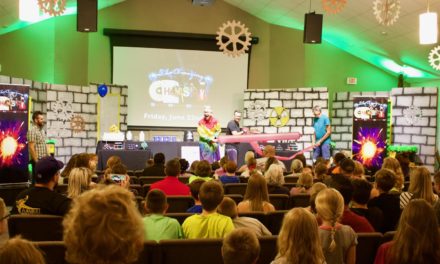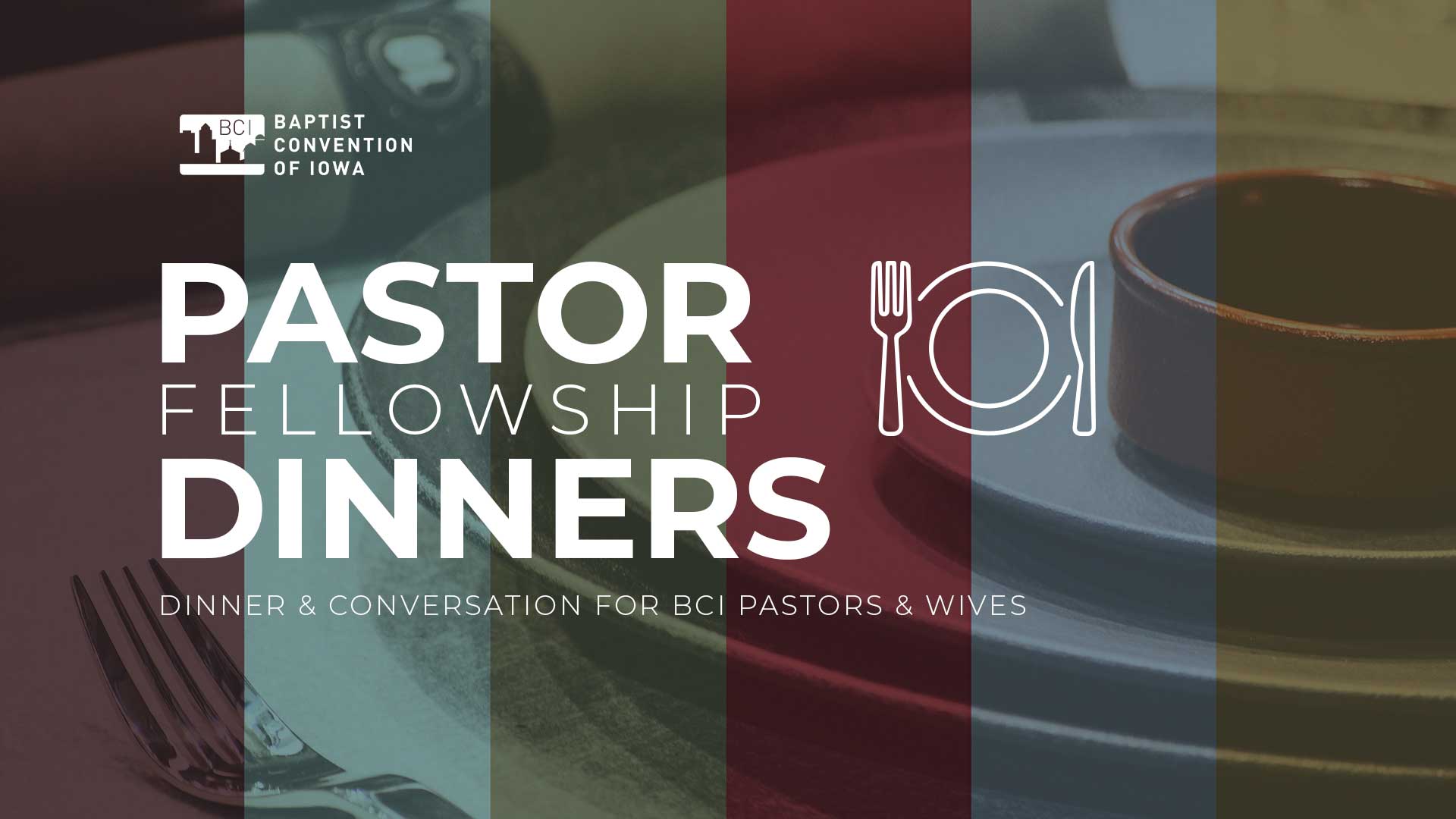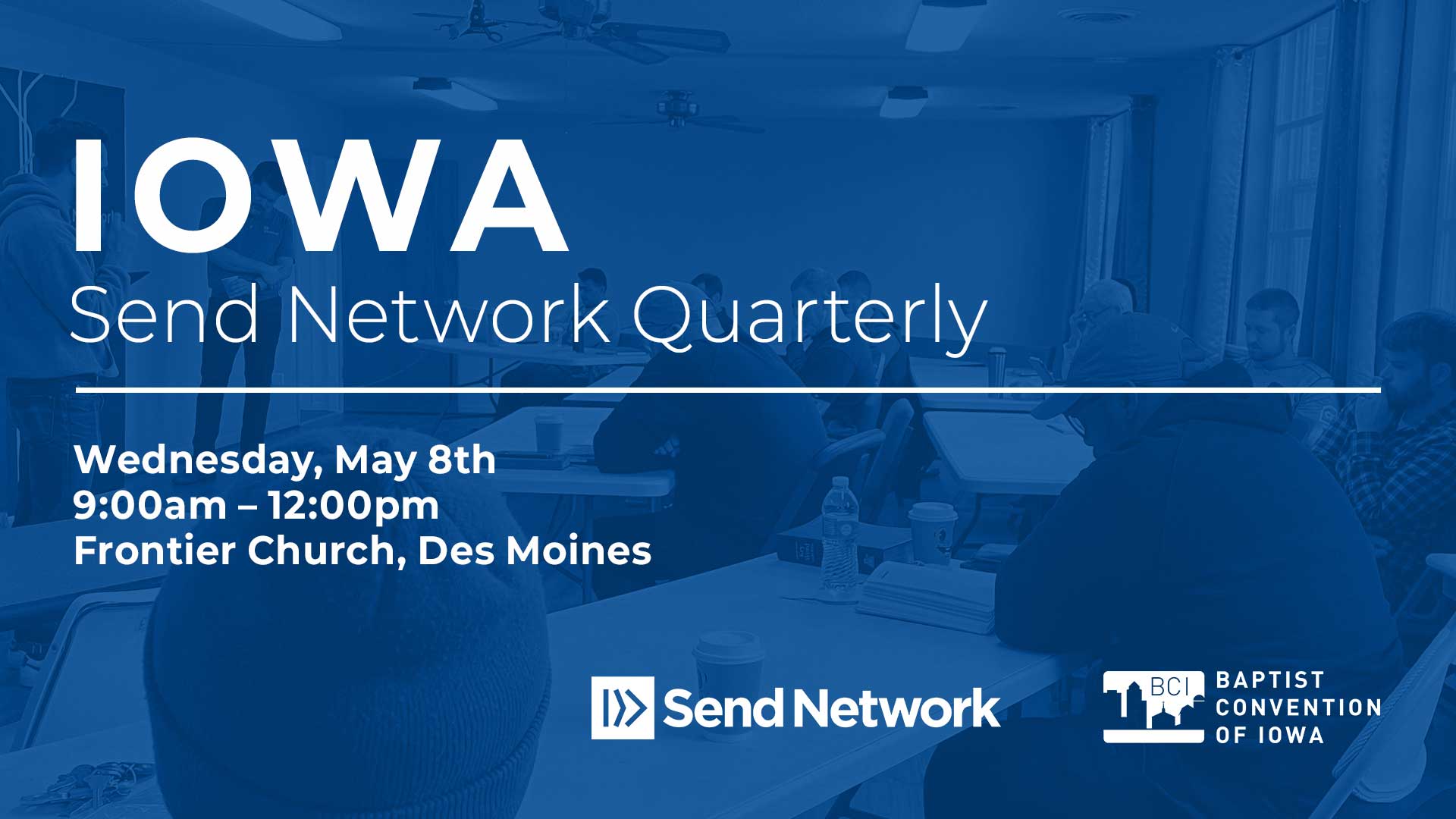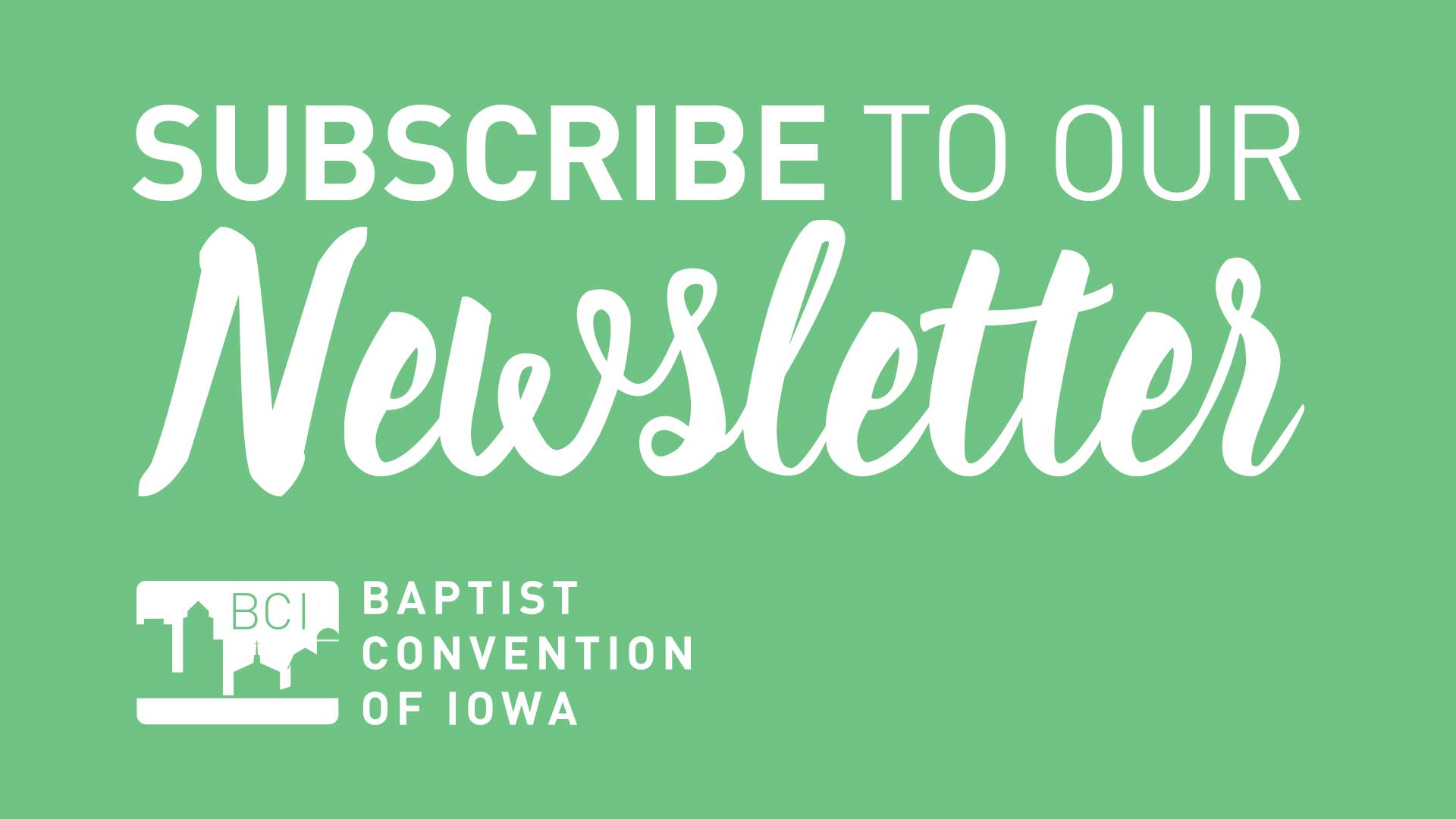The newly organized, 11-man Heartland Interstate Strategy Task Force met for the third time in Sioux Falls, SD on June 17th to discuss strategy and to lay the groundwork for taking the gospel into unreached areas in the region.
Five state conventions are participating in the task force: the Baptist Convention of Iowa, the Dakota Baptist Convention, the Kansas-Nebraska Convention of Southern Baptists, the Minnesota-Wisconsin Baptist Convention and the Missouri Baptist Convention (MBC).
“I join with thousands of Missouri Baptists in embracing the Great Commission,” John Yeats, Missouri Baptists’ Executive Director, said. “The opportunities for sharing the gospel and planting churches along the ‘Heartland Highway’ are huge. I am anxious to hear about what the task force maps out for us.
“When I imagine the impact the gospel will have in the communities scattered along the corridor, I immediately think about the trajectory of families being changed from lostness to purposeful godliness,” Yeats added. “Let’s start praying now for how we can be involved.”
Mark Elliott, director of missions for the Eastern Nebraska Baptist Association (ENBA), serves as chair of the task force. He’s been busy contacting the other 10 men to ask them to pray about their dreams and goals for the task force, and he is anxious to hear from all of them about their “current reality.”
“As an extrovert with a type A personality, I’m ready to get things rolling,” Elliott said. “I am also looking forward to hearing about what God is doing across the region. But mainly I am anxious to see how God is going to expand our limited and finite visions and use our collective experience and energy to create Divine synergy.
“My personal experience is that when God gets in the middle of something, it turns out so much better and different than what I ever thought or imagined it could be – and it’s all to His glory.”
For the first year Elliott envisions the task force focusing on prayer for the various regions up and down the I-29 corridor, on dispersement and analysis of filtered demographic information of those regions; and then on developing a clear vision statement that can excite and energize people to begin praying passionately and persistently for how to proceed.
The idea behind the Heartland Interstate Strategy group is that church plants won’t be as dependent as in the past on churches from the South for missions support, and at the same time, members of church plants in the Heartland will get involved from their earliest days in missions projects.
“It’s us helping one another,” said Morgan Medford, a church planting strategist who lives in the Fargo, N.D. area. “Rather than just being receivers, it gives us an opportunity to give. … We want to put into our church plants’ DNA that they are missionaries and missions-sending organizations. That expands our vision.”
He’s part of an 18-month-old church plant in Moorhead, Minn., that could probably cobble together six to ten people for a mission trip, Medford said. “Maybe there’s something happening in Iowa,” the church planting strategist said. “We could go to Iowa to help a brand-new church. We could do a block party, prayerwalk, talk to people at Starbucks or a grocery store, or whatever. We could help!”
The I-29 Corridor stretches in a seamless four-lane path from Winnipeg, Manitoba, to Kansas City, Mo., coursing along the banks of the Red River of the North, which separates the Dakotas from Minnesota. It meets up in Sioux City, Iowa, an hour south of Sioux Falls, S.D., with the Missouri River, which it follows through Omaha, Neb., St. Joseph, Mo., and Kansas City, Mo.
Sioux Falls was selected as the Heartland Interstate Strategy group’s first priority, because the city has a population of about 240,000, no church plants at the present time, and just four small churches that affiliate with the Dakota Baptist Convention.
“In the Dakotas, more than 50 percent of the population is within 20 miles of the I-29/49 Corridor,” Medford said. “Sioux Falls and Fargo are predominately east of I-29. Fargo is 210,000 and Bismarck as the second largest city in North Dakota is not more than 60,000. In South Dakota, Sioux Falls is the largest with about 240,000 and Rapid City is second, with 60,000
The first meeting of the I-29 group was last November at Midwestern Baptist Theological Seminary in Kansas City, Mo. The group met for a second time in Omaha on May 17.
“We were really on the front end of the discussion at that time,” Medford said. “Each state convention was looking at church planting from their perspective. But if we looked at it commonly, could we perhaps pool resources to make a more significant impact than any one state convention could do on its own?”
That first meeting was the icebreaker; by the May meeting, the partnership path already had grown wide enough for the group as a whole to latch onto Sioux Falls as its first joint thrust.
“I’m excited to see this,” Medford said. “There are many places around Sioux Falls where we need more churches.”
The group agreed to use the “Send City” terminology of “dots” to designate the various church plants that are needed. Team members were assigned the task of identifying the “dots” in their area and developing a “post card profile” for each potential plant. An expanded “city profile” will be developed for the initial “Hub cities” and target communities.
The team discussed the need for someone to serve as a “Regional Mobilizer” or “Partnership Coordinator.” The position would parallel what the Midwest Regional Mobilizer does for Send Cities.
It was agreed that coordinated Vision Tours would be very beneficial, particularly in the early days of launching the strategy.
Tom Law, Executive Director Interim for the Baptist Convention of Iowa, said “This strategy allows us to draw attention to a very important yet under represented area of our state and country. Just as the North American Mission Board (NAMB) has focused on the largest cities in America through its Send Cities initiatives this strategy gives us the ability to focus on the American heartland. I am excited about what God is doing in Iowa and look forward to how He is going to use this strategy to expand the Kingdom”.
With so many miles separating the participating Conventions, Elliott says he hopes to use modern technology such as Skype or webinars to erase those miles whenever possible.
Elliott is asking people to pray for the task force. Specifically, he wants prayer for wisdom and for ways to best work together – even when differences arise, so they can “keep the main thing the main thing.
“It’s about reaching and discipling people for His glory.”
The next meeting will be hosted by Iowa at Southern Hills Baptist Church, 4301 Old Lakeport Road in Sioux City on August 26thfrom 9 a.m. to 3 p.m.








